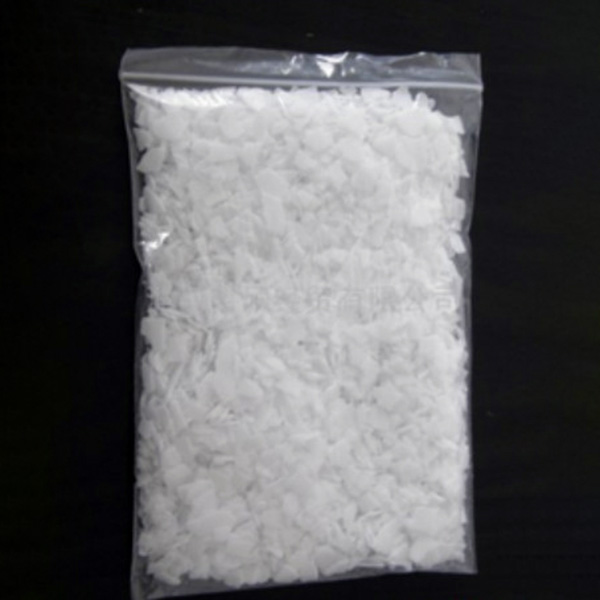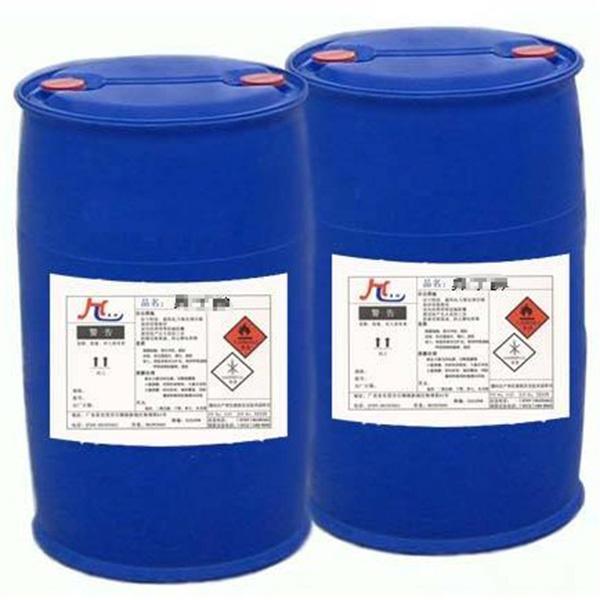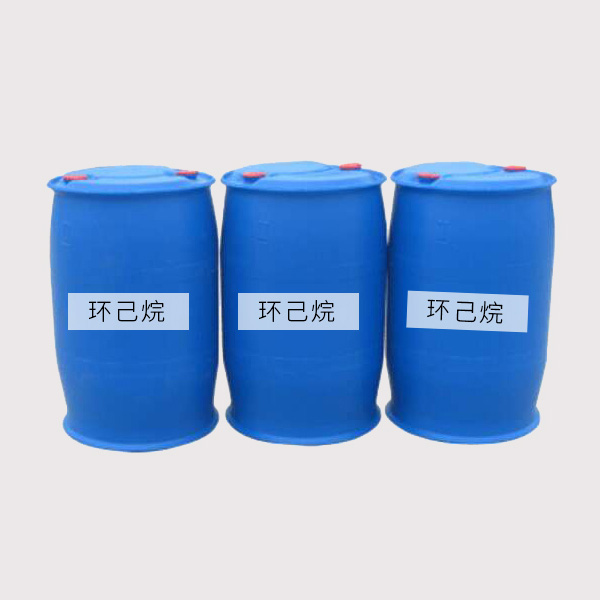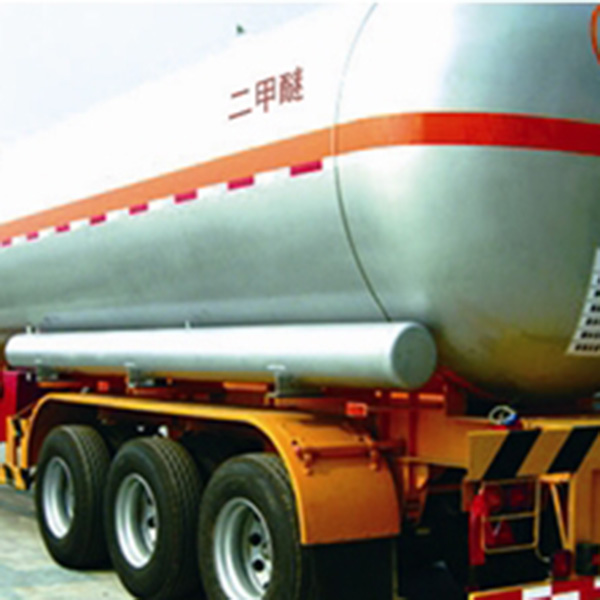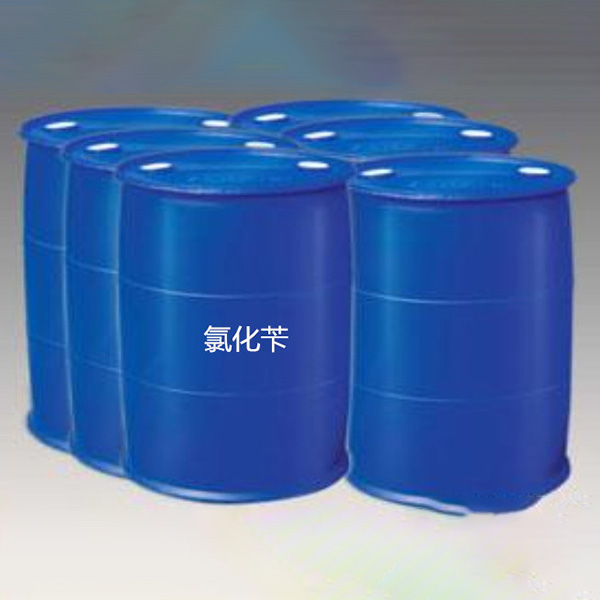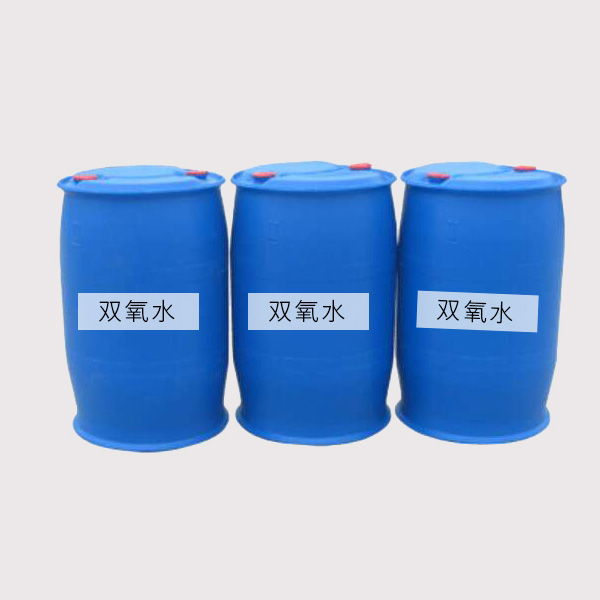OEM China Acetic Anhydride R - Ethyl acetate – Debon
OEM China Acetic Anhydride R - Ethyl acetate – Debon Detail:
|
Identification |
Chinese name :Ethyl acetate |
Dangerous goods number:32127 |
|||||||||
|
English name:Ethylacetate |
UN number:1173 |
||||||||||
|
Molecular formula:C4H8O2 |
Molecular weight:88.1 |
CAS number:141-78-6 |
|||||||||
|
Physical and chemical properties |
Appearance and traits |
A colorless, transparent water-like liquid that is volatile and has a fruity aroma. |
|||||||||
|
|
Melting point (°C) |
-83.6 |
Relative density (water = 1) |
0.90 |
Relative density (air = 1) |
3.04 |
|||||
|
Boiling point (°C) |
77.15 |
Saturated vapor pressure (kPa) |
13.33/27℃ |
||||||||
|
Solubility |
Miscible with ethanol, acetone, chloroform, and diethyl ether. |
||||||||||
|
Toxicity and health hazards |
Route of invasion |
Inhalation, ingestion, percutaneous absorption. |
|||||||||
|
toxicity |
LD50: 5620mg/kg (rat oral); 4940mg/kg (free oral) |
||||||||||
|
Health hazard |
LC50: 5760mg/m3, 8 hours (rat inhalation) |
||||||||||
|
First aid method |
It has a stimulating effect on eyes, nose and throat. High concentration of inhalation can cause progressive anesthesia, acute pulmonary edema, liver and kidney damage. Continued inhalation can cause respiratory paralysis. Mistakes can cause nausea, vomiting, abdominal pain, abdominal pain, diarrhea, etc. It has a sensitizing effect, causing bleeding gums due to vascular and neurological disorders; it can cause eczema-like dermatitis. Chronic effects: long-term exposure to this product can sometimes cause corneal opacity, secondary anemia, leukocytosis and so on. |
||||||||||
|
Burning explosion hazard |
Flammability |
combustible |
Combustion decomposition product |
Carbon monoxide, carbon dioxide. |
|||||||
|
Flash point (°C) |
-4 |
Upper explosion limit (v%) |
11.5 |
||||||||
|
Ignition temperature (°C) |
426 |
Lower explosion limit (v%) |
2.0 |
||||||||
|
Construction fire risk classification |
nail |
stable |
stable |
Polymerization hazard |
No aggregation |
||||||
|
Incompatibility |
Strong oxidants, alkalis, acids. |
||||||||||
|
Dangerous characteristics |
Flammable, its vapor and air can form an explosive mixture. In case of fire, high heat can cause fire and explosion. Contact with oxidizing agents will react violently. In a fire, heated containers are in danger of explosion. Its vapor is heavier than air and can spread to a relatively distant place at a lower place. |
||||||||||
|
Storage and transportation conditions |
Storage and transportation conditions: Store in a cool, ventilated warehouse, away from fire and heat. Keep the container sealed; it should be stored separately from oxidants, acids and alkalis. Avoid mixing. It should be handled lightly and gently during handling to prevent damage to packaging and containers. The tank (tank) used in transportation should have a grounding chain, and a hole partition can be arranged in the tank to reduce the static electricity generated by the shock. It is strictly forbidden to mix and transport with oxidants, acids, alkalis, food chemicals, etc. The vehicle exhaust pipe carrying the item must be equipped with a fire-stop device, and it is forbidden to use the mechanical equipment and tools that are prone to sparks. When transporting by road, follow the prescribed route and do not stay in residential areas and densely populated areas. It is forbidden to slip when transporting by rail. It is strictly forbidden to transport in bulk by wooden or cement vessels. Leakage treatment: Rapid evacuation of personnel from the contaminated area to the safe area, isolation and strict restrictions on access. Cut off the fire source. It is recommended that emergency personnel wear self-contained positive pressure breathing apparatus and wear fire protective clothing. Cut off the source of leakage as much as possible to prevent entry into restricted spaces such as sewers and flood drains. Small amount of leakage: absorbed with activated carbon or other inert materials. It can also be rinsed with a large amount of water, diluted in water and placed in the wastewater system. A large number of leaks: building dikes or digging pits; covering with foam to reduce steam disasters. Transfer to a tank truck or special collector with an explosion-proof pump, recycle or transport to a waste disposal site for disposal. |
||||||||||
|
And leak handling |
Extinguishing media: anti-solvent foam, carbon dioxide, dry powder, sand. Fire extinguishing with water is not effective, but water can be used to keep the container cool in the fire. |
||||||||||
Product detail pictures:
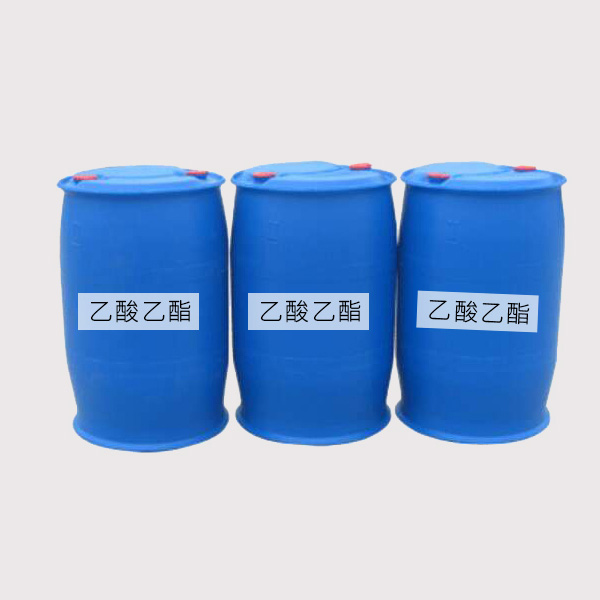
Related Product Guide:
Sticking for the perception of "Creating products of top quality and producing friends with people today from all around the world", we constantly place the desire of shoppers to start with for OEM China Acetic Anhydride R - Ethyl acetate – Debon , The product will supply to all over the world, such as: Puerto Rico , Detroit , UK , During the 10 years of operating, our company always try our best to bring consumption satisfaction for user, built a brand name for ourselves and a solid position in the international market with major partners come from many countries such as Germany, Israel, Ukraine, United Kingdom, Italy, Argentina, France, Brazil, and so on. Last but not least, price of our products are very suitable and have fairly high competition with other companies.
A nice supplier in this industry, after a detail and careful discussion, we reached a consensus agreement. Hope that we cooperate smoothly.

